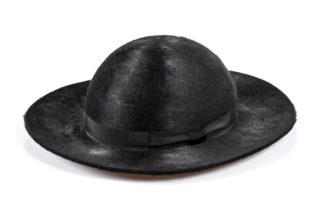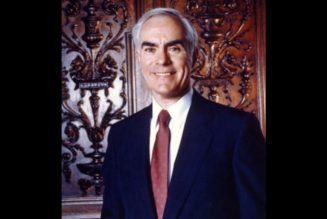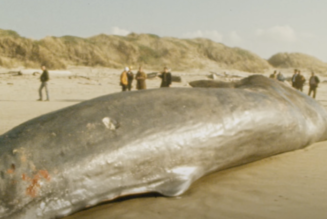Today’s grocery stores are stocked with a seemingly endless variety of candy bars. This modern-day menagerie of chocolate treats can trace its origins back to World War I, when an increased demand for chocolate rations created a veritable candy bar boom. Chocolate bars were seen as an ideal source of sustenance for soldiers fighting abroad: They provided quick calories, were easy to transport across long distances, and catered to the sweet tooth many American GIs had developed overseas when they began to sample European sweets. In response to this sudden demand, the U.S. government began soliciting donations of 20-pound blocks of chocolate from American candymakers, which were then cut, individually wrapped, and distributed to GIs abroad.
Subscribe to History Facts
Confirm your email to receive history’s most fascinating happenings in your inbox each day.
By clicking “Subscribe” you agree to History Fact’s Terms of Use and Privacy Policy.
By the end of World War I, American soldiers’ love of chocolate bars had spread to become a nationwide sensation. In the 1920s, veterans and civilians alike eagerly sought out candy bars, particularly after Prohibition left them looking for pleasurable alternatives to alcohol. Candymakers across the country began developing different kinds of products. To stand out in a crowded market, these companies would experiment with a variety of ingredients, ranging from nougat to dehydrated vegetables. They also started giving their products catchy names designed to grab people’s attention: The Charleston Chew, introduced in 1925, was named after the Charleston dance craze that was sweeping the nation at the time, and in 1921, Baby Ruth bars benefited from their association with baseball superstar Babe Ruth, though they were actually named after the late daughter of former President Grover Cleveland. The Lindy Bar, meanwhile, was named after famed aviator Charles Lindbergh, and there were also tasty treats named for Dick Tracy, Little Orphan Annie, and Betsy Ross. By the end of the 1920s, more than 40,000 different candy bars were being produced in the United States.







